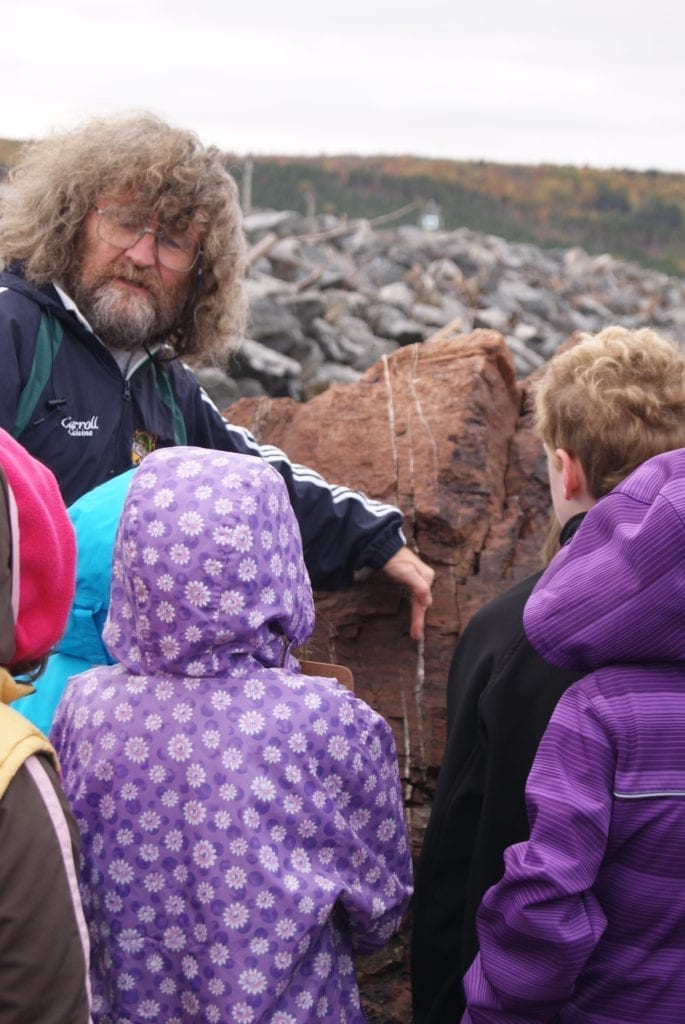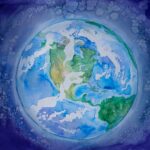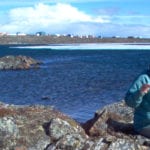Canadian Science Publishing is pleased to welcome Dr. Brendan Murphy as the new Editor-in-Chief of the Canadian Journal of Earth Sciences. Dr. Murphy is a professor in the Earth Sciences Department at St. Francis Xavier University (StFX) in Nova Scotia, Canada. His research is focused on supercontinents and plate tectonics.
What first inspired you to study geology?
I had intended to do math, but I got sidetracked by a brilliant first-year lecturer in geology who demonstrated to me using a pint of Guinness (in a pub) how tectonic plates float!
After completing an undergrad in Ireland, what brought you to Nova Scotia, Canada?
Two classmates who were older (and more mature) than I suggested we apply to do a MSc degree abroad. At that time, there were few opportunities in Ireland. We decided to apply to Canadian universities in alphabetical order and we all went to Acadia University in Nova Scotia!
How does the geological history differ between Ireland and Nova Scotia?
Actually, they are part of the same ancient mountain belt (Appalachian–Caledonian mountains) that developed side-by-side between 500 and 300 million years ago. This continuity was sundered by the opening of the Atlantic Ocean, beginning about 200 million years ago.
Your work has focused on oceans that existed 500 million years ago. How exactly does one study extinct bodies of water?
The oceans are long gone, but vestiges of [their] former existence are preserved in the sedimentary [rocks] that were deposited as unconsolidated sediments along their ancient margins, in the wide variety of igneous rocks formed as the oceans open and closed, and characteristic suites of the metamorphic rocks formed as continents converged and collided.

Where in the world have studied tectonic processes? Do you have a favourite field site?
Most places (except Antarctica, unfortunately). I especially love field work anywhere in the Iberian Peninsula.
What is the most important thing we should know about supercontinents?
They occur in cycles and these cycles control the evolution of the Earth’s biosphere, hydrosphere, atmosphere, and geosphere (i.e., the Earth beneath our feet).
What are your most memorable moments from over 35 years of teaching at StFX?
Probably starting a new first-year course that emphasized the principles and processes that guided the evolution of planet Earth and working hard to get a cadre of converts!
At one stage, 400 students were enrolled in the course (i.e., about 1 in every 8 students at the university).
You’ve received several accolades for your public outreach. Why is science communication important to you?
Unlike most sciences, geology is not taught to kids in high school, and so anything they think they know about geology is wrong.
By extrapolation, this same misrepresentation is rife within the general public and even among our academic colleagues. In my experience, 95% of geology students are converts; the students arrived on campus intending to do something else but (like me) were converted.
All this means that it is so important for the public at large to learn about a science that actually underpins their very existence.
What are you most looking forward to as the new Editor of the Canadian Journal of Earth Sciences?
Although I have edited several journals, each one has its own culture and comes with a set of its own challenges. For example, as CJES is part of a stable of publications that covers a range of sciences, it is an opportunity to learn what major issues are in other sciences.
I have had the good fortune to publish a lot of papers and it’s a great way to give back. It’s also a great way to learn what is topical in our science and to keep abreast of the Canadian academic scene.
When you’re not exploring the Antigonish Highlands with students, where can we find you?
I am around Antigonish most years from May to December. My family (Mother, brothers, sisters, and most recently my son) all live in Ireland, so I am there at least twice a year. I also have a post-doc working in Donegal, NW Ireland.
From December to May, I travel a lot. I was at Curtin University in Australia from January to May of 2017 and 2019, I spent that same time period in Yale in 2018. This year, I am in various places in continental Europe, writing papers and attending conferences.
As I write this I am in Lanzarote.




